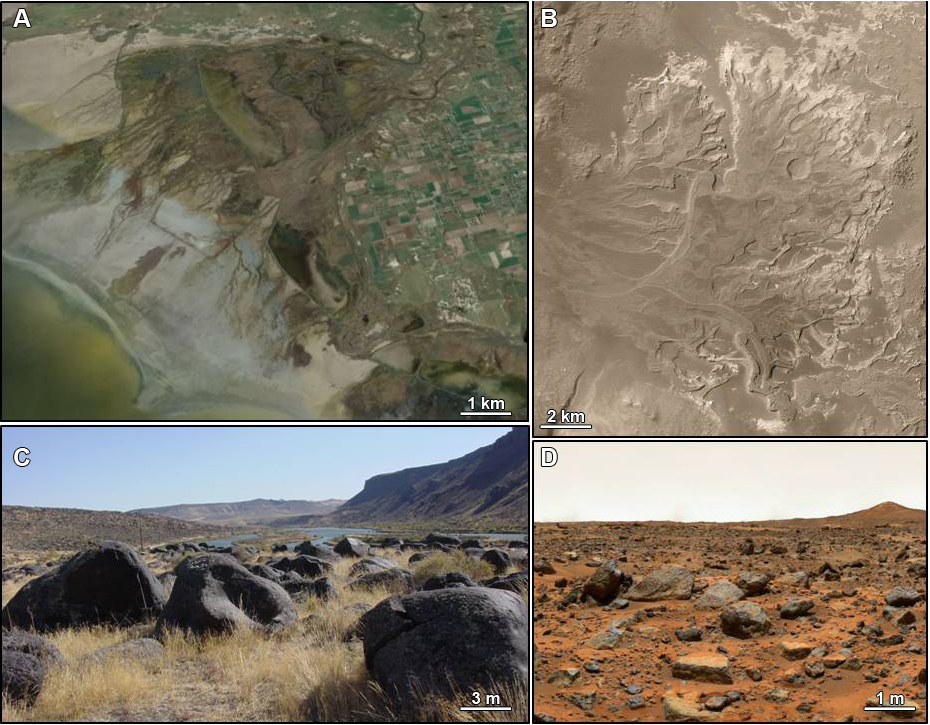Mars for Earthlings -
A Terrestrial Analog Approach for Earth & Planetary Science Teaching & Outreach

This NASA-funded project is to develop an inviting way for students and general audiences to learn more about NASA missions and Mars through studying planet Earth. “Mars for Earthlings” conveys the idea that people who live on Earth can understand Mars. Chan has assembled an outstanding team to develop online modules that will help faculty teach college students about Mars by understanding the Earth around them. This Mars for Earthlings project will have a critical effect of strengthening both Earth and planetary sciences nationwide by: 1) attracting and inspiring the introductory higher education audience where there is a strong likelihood of enticing students to major in STEM fields; 2) engaging and educating more students, leading to eventual science employment; 3) stimulating further research interactions and collaborations between the Earth and planetary science disciplines, and 4) heightening interest and connecting the public to recent and current NASA Mars missions by understanding our own Earth landscape.

Figure: Comparisons of Earth analogs (left) with examples from Mars (right). A) The oblique view depicts the Weber delta emptying into the Great Salt Lake, Wasatch Front (Image: Google Earth). (B) A delta shows distributary extensions in Eberswalde crater [near Holden Crater] (Mars Orbiter Camera image mosaic, NASA/JPL/MSSS). (C) Pleistocene Lake Bonneville carved an outflow channel at Red Rock Pass, Idaho at the Zenda Threshold near the Utah border, and deposited boulders (Photo: K. Nicoll). (D) Flood-transported boulders are present at the Mars Pathfinder landing site [Chyrse Planitia] (Mars Pathfinder lander image).
